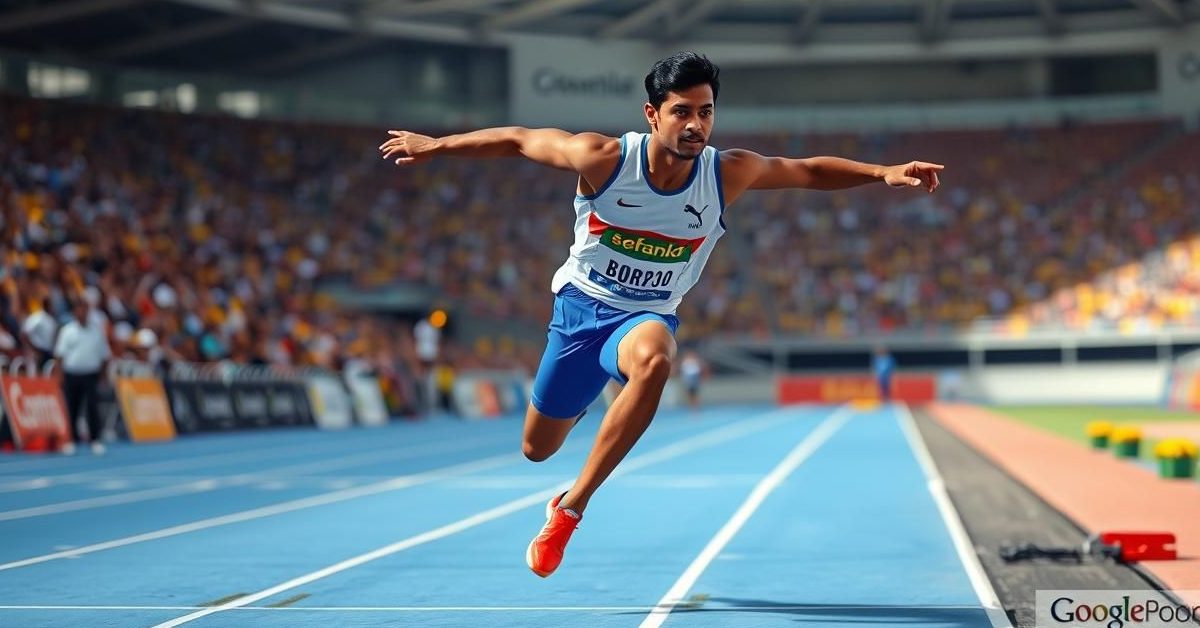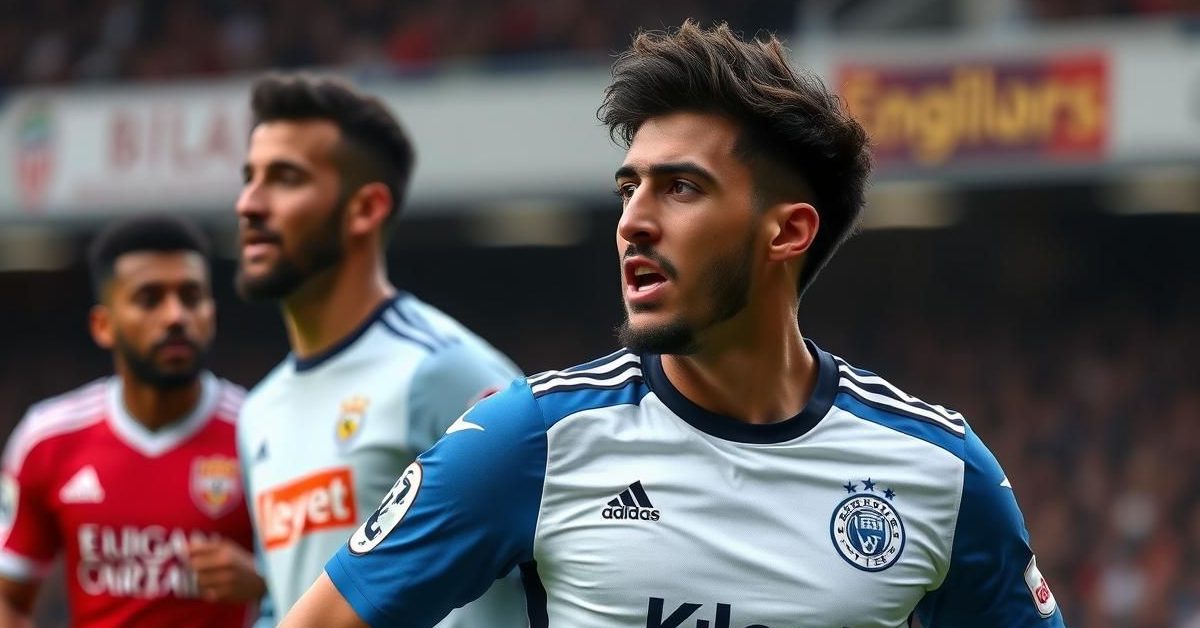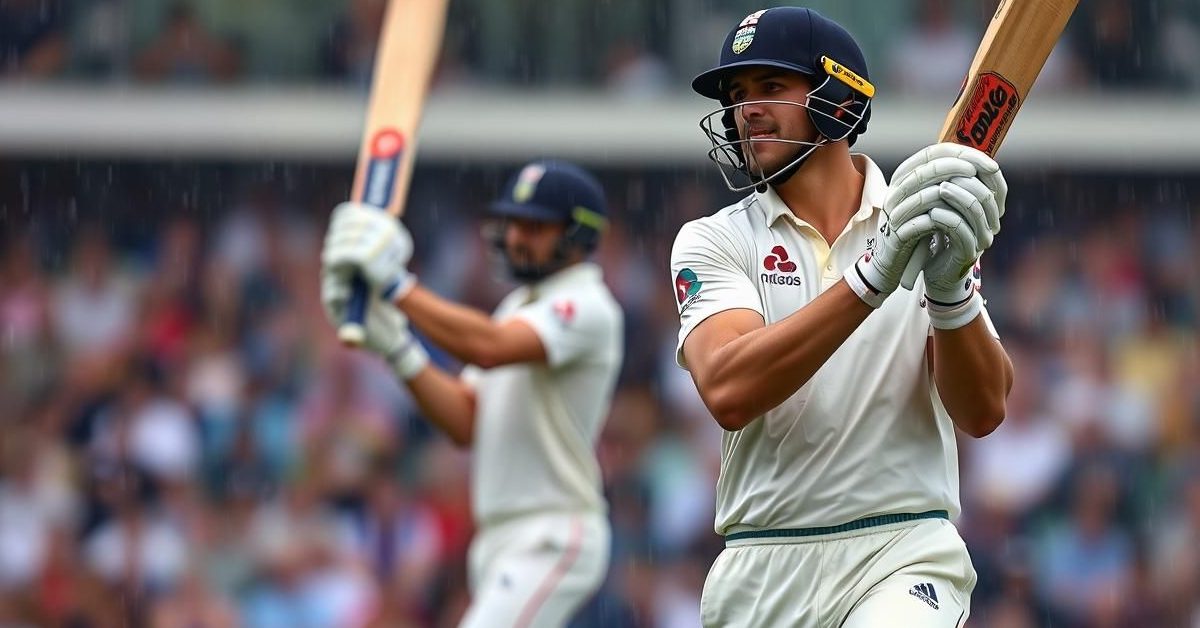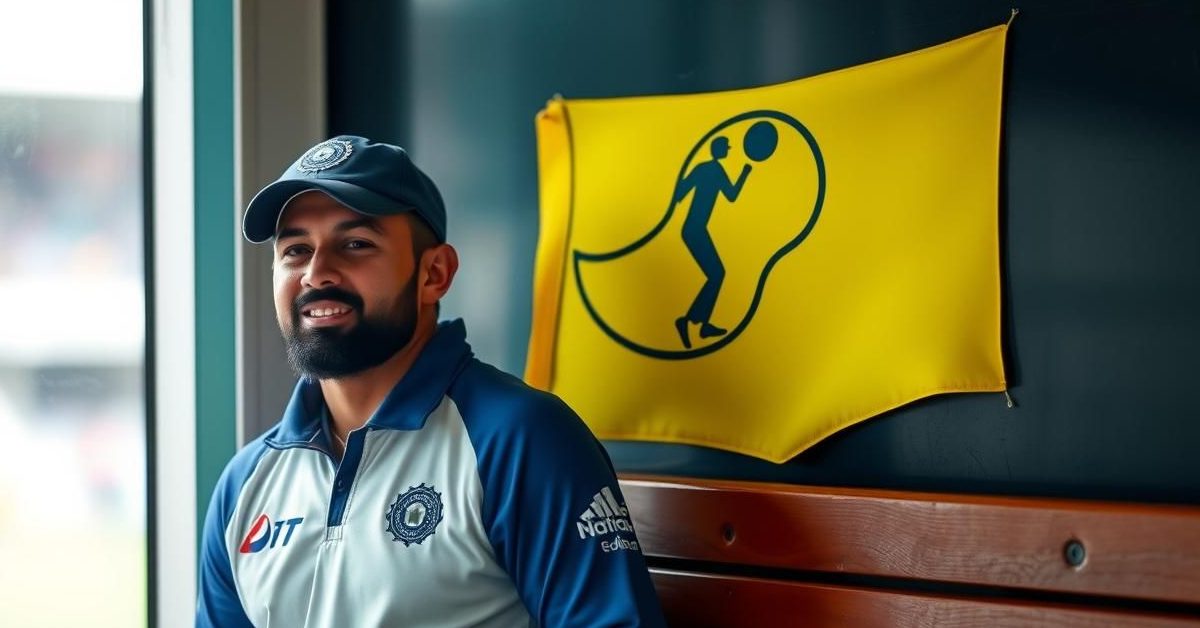Long jumper Murali Sreeshankar has made an astonishing comeback from a severe knee injury, marking his return with an impressive 8.05-meter leap after 21 months of intense rehabilitation.
A Triumphant Return to the Long Jump Pit
Sreeshankar Murali recently returned to competition at the Indian Open in Pune. His fifth-round jump of 8.05 meters was a truly special moment, marking a successful comeback from left-knee surgery.
Despite the long layoff, Sreeshankar, a Commonwealth and Asian Games silver medallist, shared that he felt a mix of anxiety and calm. He knew he had the capability, and his initial jumps of 7.84m and 7.99m proved his readiness.
His father and coach, S Murali, advised him not to push too hard, happy just to see the 8-meter mark achieved, especially with a headwind.
The Devastating Injury
Last April, Sreeshankar’s Paris Olympics dream seemed to vanish. A routine “small jump” during practice led to a ruptured patellar tendon, an injury far more severe than the common ‘jumper’s knee’ inflammation.
Doctors explained the rarity and gravity of the injury, comparing it to trauma from high-impact car crashes or falls. A part of the bone had even chipped off, casting doubt on his future as a long jumper.
“Just two days back I was aiming for an Olympic medal and then you hear that your career is almost finished,” Sreeshankar recalled his devastation.
Seeking Specialist Care Abroad
After an initial Indian doctor gave an 18-month recovery timeline with no guarantees, Sreeshankar sought a second opinion. Samuel A Pullinger of the Inspire Institute of Sport (IIS) suggested looking overseas.
This led him to Aspetar Hospital in Doha, Qatar, renowned for sports medicine. Dr. Bruno Olory, confident in a six-month training return, performed a procedure using a hamstring graft to tighten the tendon.
The lack of extensive literature on patellar tendon rupture rehabilitation made charting a recovery protocol particularly challenging, but Sreeshankar and IIS physio Priyam Singh began mapping it out immediately.
The Long Road to Recovery
The initial months of rehabilitation were painstaking, focusing on bending the knee to just 30 degrees, reducing swelling, and strengthening other body parts. Sreeshankar humorously described it as “learning ABC again, learning to be an athlete again.”
His left knee underwent mechanical changes post-surgery, becoming larger with an altered kneecap position. Despite this, he was back on the track doing light drills by October, six months after the surgery.
A Game-Changing Coach
A pivotal moment in his recovery came when Sreeshankar consulted Wayne Lombard, a celebrated strength and conditioning coach known for working with elite athletes like Neeraj Chopra. Recommended by fellow athlete Tejaswin Shankar, Lombard completely revamped Sreeshankar’s training regimen.
Lombard introduced highly sports-specific exercises, treating Sreeshankar’s recovering knee like a “new baby knee” that needed meticulous care. By late February, Sreeshankar was already attempting three-step long jumps.
Beyond the Track: A New Qualification
During his lengthy recovery period, Sreeshankar utilized his time productively. He completed a course to become a certified strength and conditioning coach, a venture he started in 2023 but paused due to Olympic preparations.
This new qualification not only kept his mind engaged but also equipped him with deeper knowledge of the very science that aided his own extraordinary comeback.
- Murali Sreeshankar ruptured his patellar tendon, a rare and severe injury, in April last year.
- He underwent specialized surgery at Aspetar Hospital in Doha, Qatar.
- His comeback jump of 8.05 meters came 21 months after his injury.
- During his rehabilitation, Sreeshankar also became a certified strength and conditioning coach.
Sreeshankar’s journey is a powerful testament to resilience, meticulous planning, and the unwavering belief required to overcome a career-threatening setback and return to elite competition.













